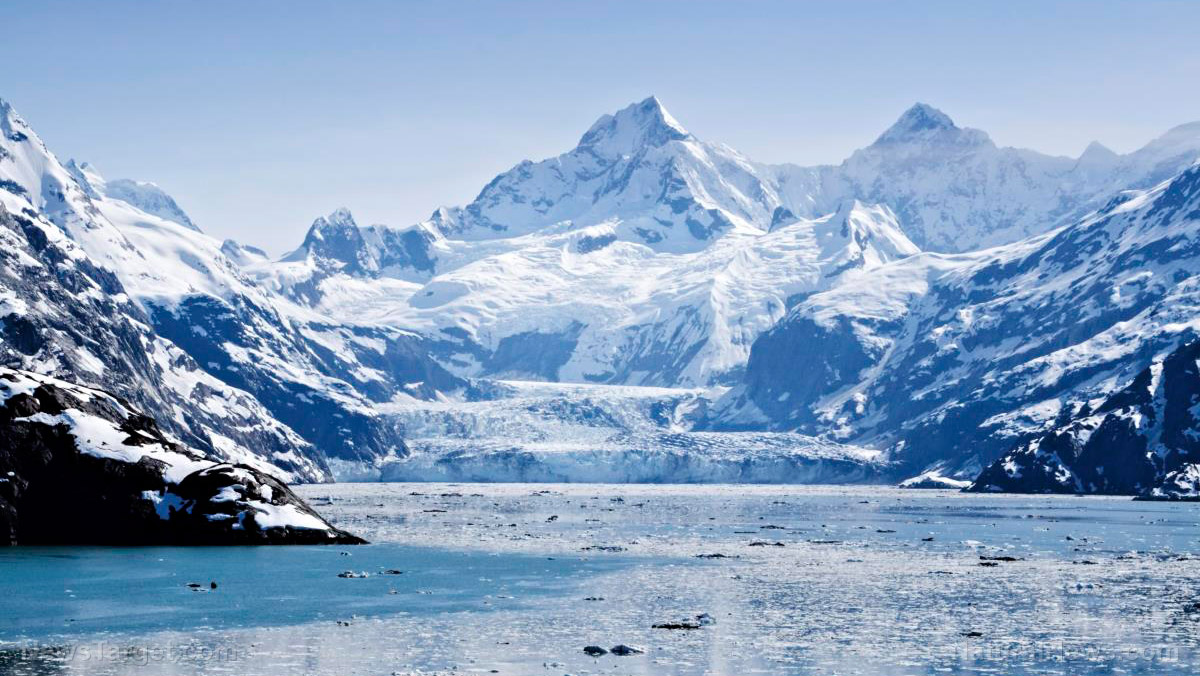
A study published in the Journal of Glaciology shows that the glaciers in Canada's portion of the Columbia Basin are nearly 40 percent thicker than previously thought. Researchers from the University of Northern British Columbia (UNBC) and the University of Innsbruck arrived at their findings by using ice-penetrating radar to measure the thickness of the glaciers.
The research marks the first major effort to study the Columbia Basin's glaciers. The researchers said that more studies on Canada's glaciers are needed especially as these are vital sources of hydropower and freshwater.
Glaciers thicker than previously thought
The Columbia River produces more than 40 percent of hydroelectricity in the United States and serves as a vital downstream source of freshwater and an important habitat for aquatic ecosystems. Meanwhile, the Canadian portion of the upper basin provides 30 to 40 percent of the total freshwater runoff.
“Essentially, glaciers act as on-demand water towers, supplementing streams with cool, plentiful water during late summer when runoff from snowmelt has passed," said lead author Ben Pelto of UNBC's Natural Resources and Environmental Studies Institute.
For instance, the Mica Basin in the northeast Columbia Basin contributes up to a third of streamflow from glacier ice melt from August to September, according to Pelto. The researchers noted that estimates of glacier volume are important to simulate future streamflow changes and glacier mass loss on a regional and global scale.
To that end, the team calculated the ice thickness of five glaciers in the Columbia Mountains from 2015 to 2018 using a radar system that can penetrate ice. Afterward, they combined the radar data with previous surveys on two glaciers in the Rocky Mountains.
After analyzing more than 34,000 data points measured over 110 miles, the researchers estimated that the glaciers are around 38 percent thicker than previous calculations. Meanwhile, the ice volume in the Upper Columbia Basin is around 30 cubic miles, which is 23 percent greater than the range of initial measurements.
Glaciers will not be gone soon
Pelto said that some portions of the glacial ice may exist years or even a couple of decades longer than initially forecast. In a 2015 study, another group of Canadian researchers projected that the glaciers in the Columbia Basin and other portions of western Canada may start to disappear by 2040. However, Pelto said that given the region's current rates of glacier mass loss, the glaciers will start to disappear from the basin until about 65 to 80 years.
The researchers attributed these differences to the high volume of local data they gathered, which allowed for a more in-depth analysis of the Columbia Basin compared to previous models. Their study is more akin to research typically carried out in the European Alps, which attracts more scientific interest than western Canada, according to the researchers. (Related: Remember the dog sled picture the media claimed was proof of melting glaciers? It was another climate hysteria HOAX.)
Pelto underscored the need for more studies that will measure the ice thickness of other glaciers in the region, including British Columbia's Coast Mountains. Such measurements can paint a clearer picture of glacier retreat and provide streamflow projections for hydropower planning and environmental studies.
In March last year, scientists from the National Aeronautics and Space Administration (NASA) found that the Jakobshavn Glacier in western Greenland has been growing after spending decades in retreat. The glacier was initially observed to be thickening starting 2016 to 2017. The scientists confirmed that it was growing for the third year in a row and this was due to the cool ocean waters.
Read more reliable climate studies at ClimateScienceNews.com.
Sources include:
Please contact us for more information.




















